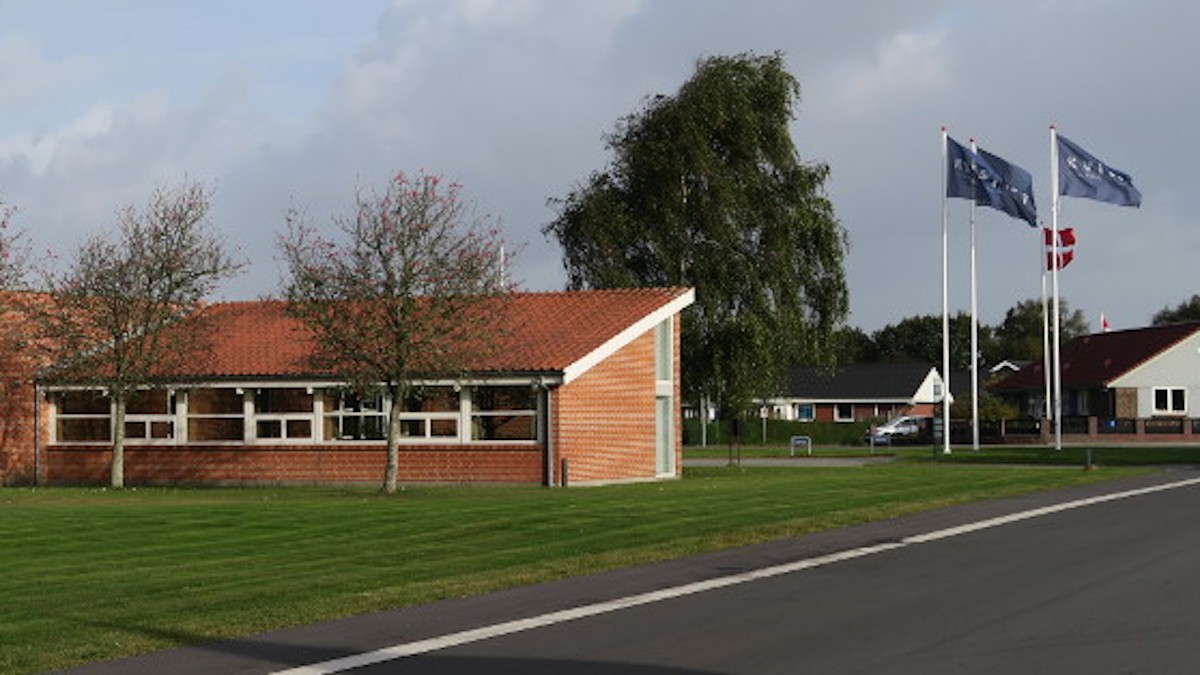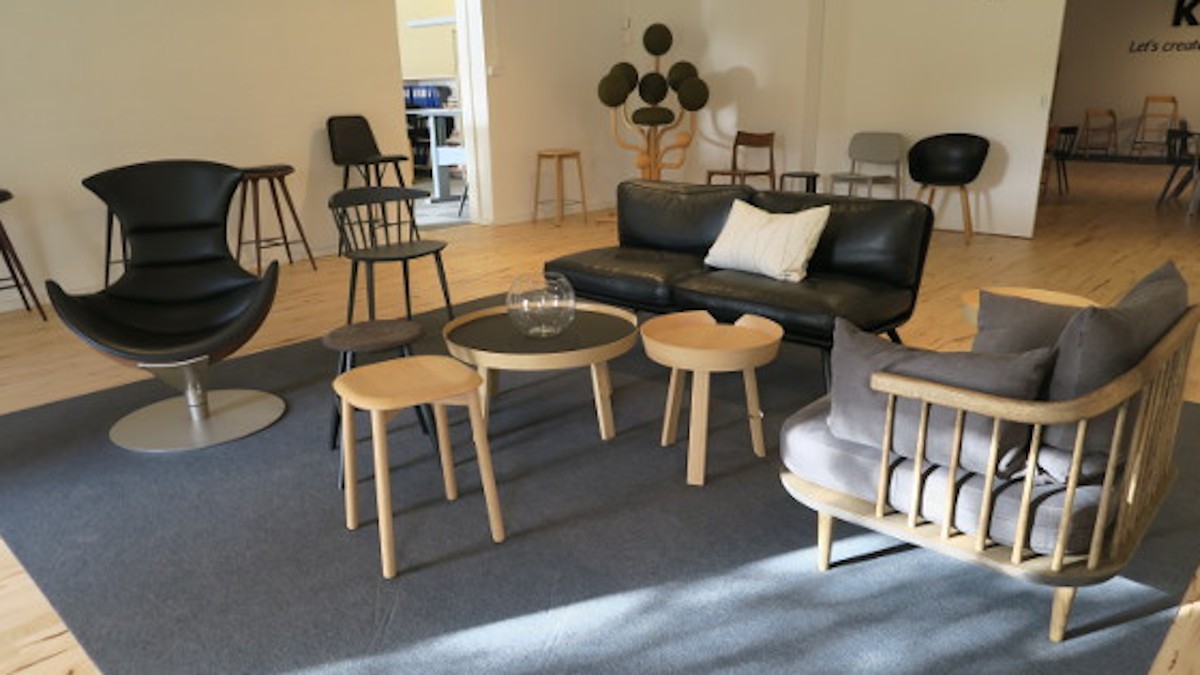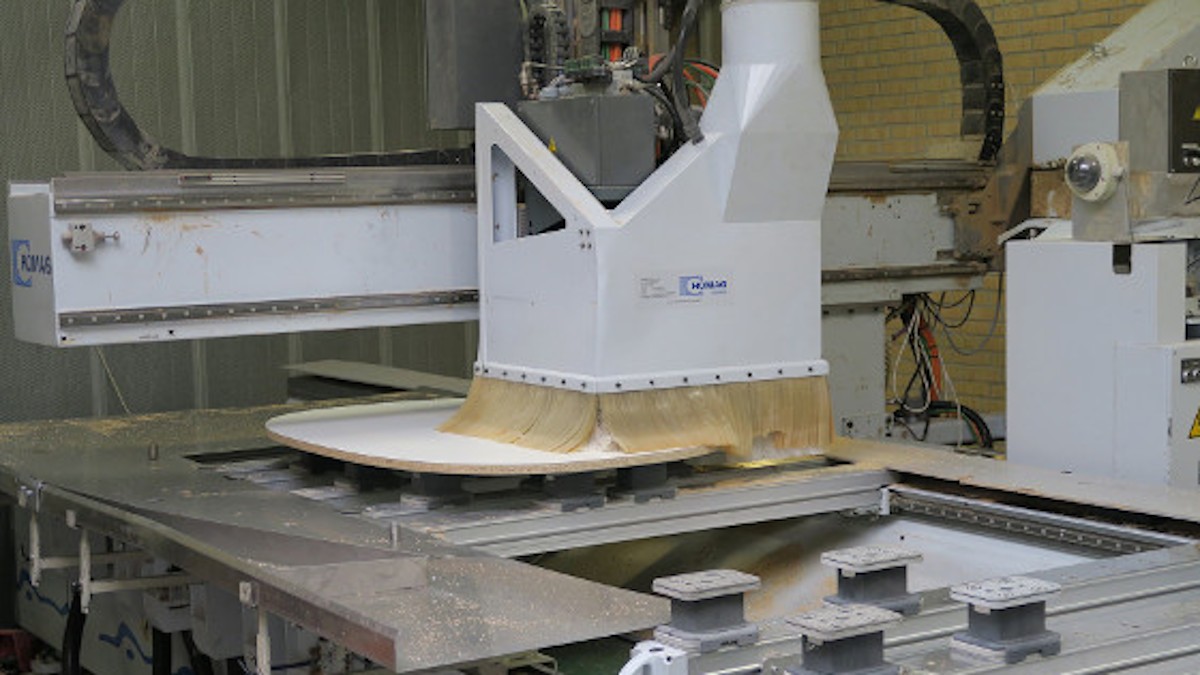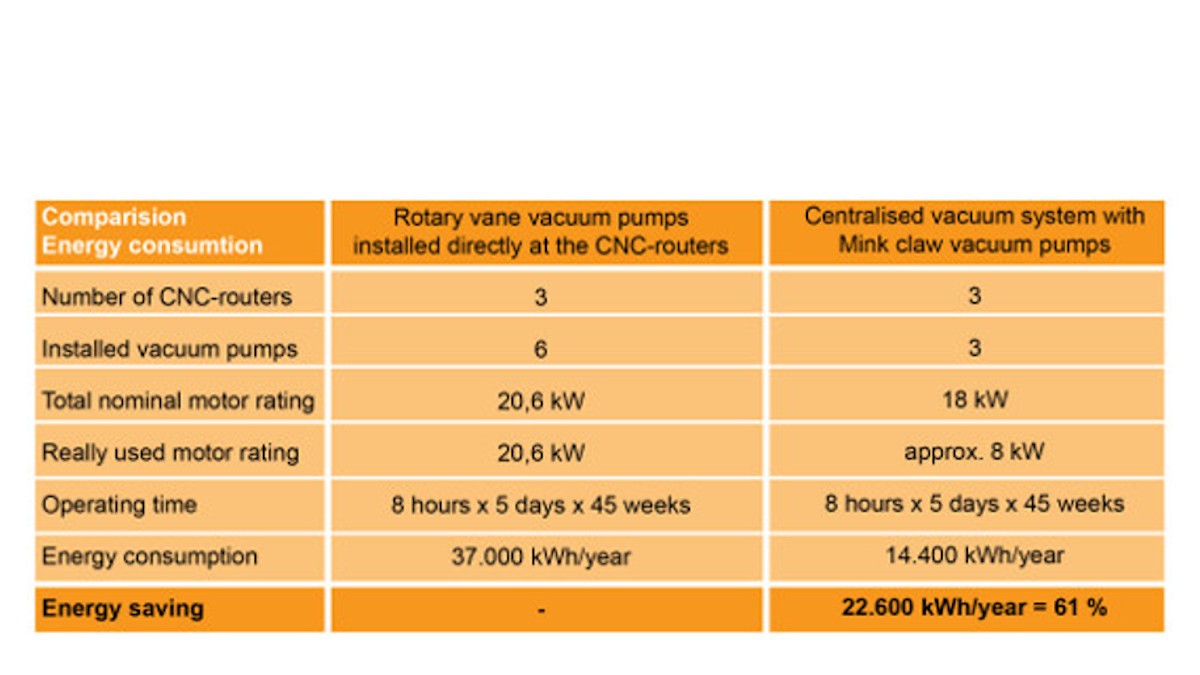Busch News & Media
Economical and Reliable Vacuum Clamping for the Production of Seating Furniture
Economical and Reliable Vacuum Clamping for the Production of Seating Furniture
Kvist Industries
Maulburg, Germany
|
30.06.2017
|
5 min
Kvist Industries A/S is a Danish manufacturer of high-quality seating furniture made from solid wood or molded wood with perfect surface finishes that demand the highest levels of craftsmanship. Individual parts are clamped using claw technology. The benefits are more stable production processes, less downtime, reduced maintenance and lower operating costs.
About Kvist Industries A/S
Founded 50 years ago, Kvist is a family business now being run by its third generation. Initially, Kvist dealt with manufacturing molded wood parts, mainly produced for various manufacturers of seating furniture. Today, their focus is on completely manufacturing their own seating furniture and tables, which are sold worldwide to end users through other furniture manufacturers. It is headquartered in Arre, Denmark, where it has two production plants. Kvist operates an additional production facility in Latvia. That location employs 650 employees to manufacture individual parts. Final assembly and quality assurance of this seating furniture is then mainly performed at the headquarters in Arre.
Kvist's main markets are Germany and Scandinavia, but the significance of the Chinese market is growing, as Chinese customers are also increasingly interested in Kvist products. After 50 years, chairs and armchairs with designs from the initial years have become classics that are now experiencing a renaissance in the product range. However, newly designed seating furniture (fig. 1) is also part of Kvist's portfolio. The headquarters of Kvist Industries A/S is located in the Danish town of Arre with two production plants. One of the plants produces seating furniture, the other manufactures tables.
Use of vacuum in furniture production
A centralized vacuum system with three
MINK claw vacuum pumps is used in each of two Danish plants to generate the vacuum required for
clamping.
Both
central vacuum system units have been in operation since July 2015 when they replaced the previously used dry-running rotary vane and liquid ring vacuum pumps. The rotary vane vacuum pumps required a lot of maintenance due to wear on the vanes. In addition, this vacuum generator gave off waste heat directly into the production room. Its loud operating noise was extremely uncomfortable for the employees. The water level of the liquid ring vacuum pumps had to be monitored constantly and refilled or exchanged if the water became polluted with wood dust.
Technical Director Rune Kvist was not satisfied with either type of vacuum generator since the performance was not consistent. This sometimes led to clamping problems because the vacuum did not achieve the required level or achieved it too slowly.
Rune Kvist found the optimum vacuum supply with the two central vacuum system units from Busch:
We used to have a total of six vacuum pumps installed at three CNC processing centers with two processing tables for our seated furniture production. The associated waste, heat and noise problems had a negative effect on the workstations. Today we have three MINK claw vacuum pumps outside the building that go unnoticed except for the fact that we always have the vacuum we require for clamping.
Rune Kvist, Technical Director, Kvist Industries A/S
Vacuum solution from Busch for furniture production
In addition, operational reliability was significantly increased. The required vacuum is immediately available at any time because the pipework between the vacuum pumps and the CNC machines (fig. 2) serves as a vacuum buffer in which a constant vacuum of 200 millibars is maintained. The high level of operational reliability is also provided by the demand-based control system. The only vacuum pumps in operation are the ones that are actually needed to maintain the vacuum level in the pipework system. In practice, a maximum of two of the three installed MINK vacuum pumps accomplish this. Therefore, if one of them were to fail, this would have no effect on production.
An additional essential benefit of the centralized vacuum system is made possible by the MINK claw vacuum pumps' demand-based control system and
frequency-controlled drive.
Huge energy savings can be generated. Firstly, a MINK claw vacuum pump requires less energy than comparable vacuum pumps of a similar size. This is made possible by contact-free and wear-free claw vacuum technology. Furthermore, the pumping speed and vacuum performance remain constant throughout the entire life cycle, while the pumping speed and achievable vacuum level of dry-running rotary vane vacuum pumps declines due to wear on the vanes. This is why one smaller MINK claw vacuum pump can often replace a larger dry-running rotary vane vacuum pump. In practice, this means that less motor output is required for comparable pumping speed.
As a basic principle, fewer vacuum pumps are needed for centralization of a vacuum supply than for decentralized installation directly at the CNC processing centers. That is how the previously installed six rotary vane vacuum pumps were replaced by three new MINK vacuum pumps. Six rotary vane vacuum pumps used to operate during all working hours. In practice, the centralized vacuum system unit has demonstrated that only one MINK vacuum pump operates at 50 hertz during working hours and a second is sometimes automatically turned on, but only briefly and usually at a lower frequency. This gives Kvist energy savings of 61%, or 22,600 kilowatt hours per year (fig. 3) for seated furniture production alone. The second centralized vacuum system used for manufacturing tables achieves similar values.
Rune Kvist is satisfied with the centralization of the vacuum supply. This is why he has also decided to use this technology at the new plant in Latvia and has installed two identical centralized vacuum systems with MINK claw vacuum pumps.
Maintenance of the Mink claw vacuum pumps amounts to practically nothing.
Rune Kvist, Technical Director, Kvist Industries A/S
They have a maintenance contract with Busch that includes annual inspection of all MINK claw vacuum pumps and changing the gear oil. Due to wear-free operation of the claw vacuum technology, there is no need to exchange wear parts like the vanes of rotary vane vacuum pumps, nor for tasks related to operating fluids for liquid ring vacuum pumps.
Maulburg, Germany
|
30.06.2017
|
5 min



